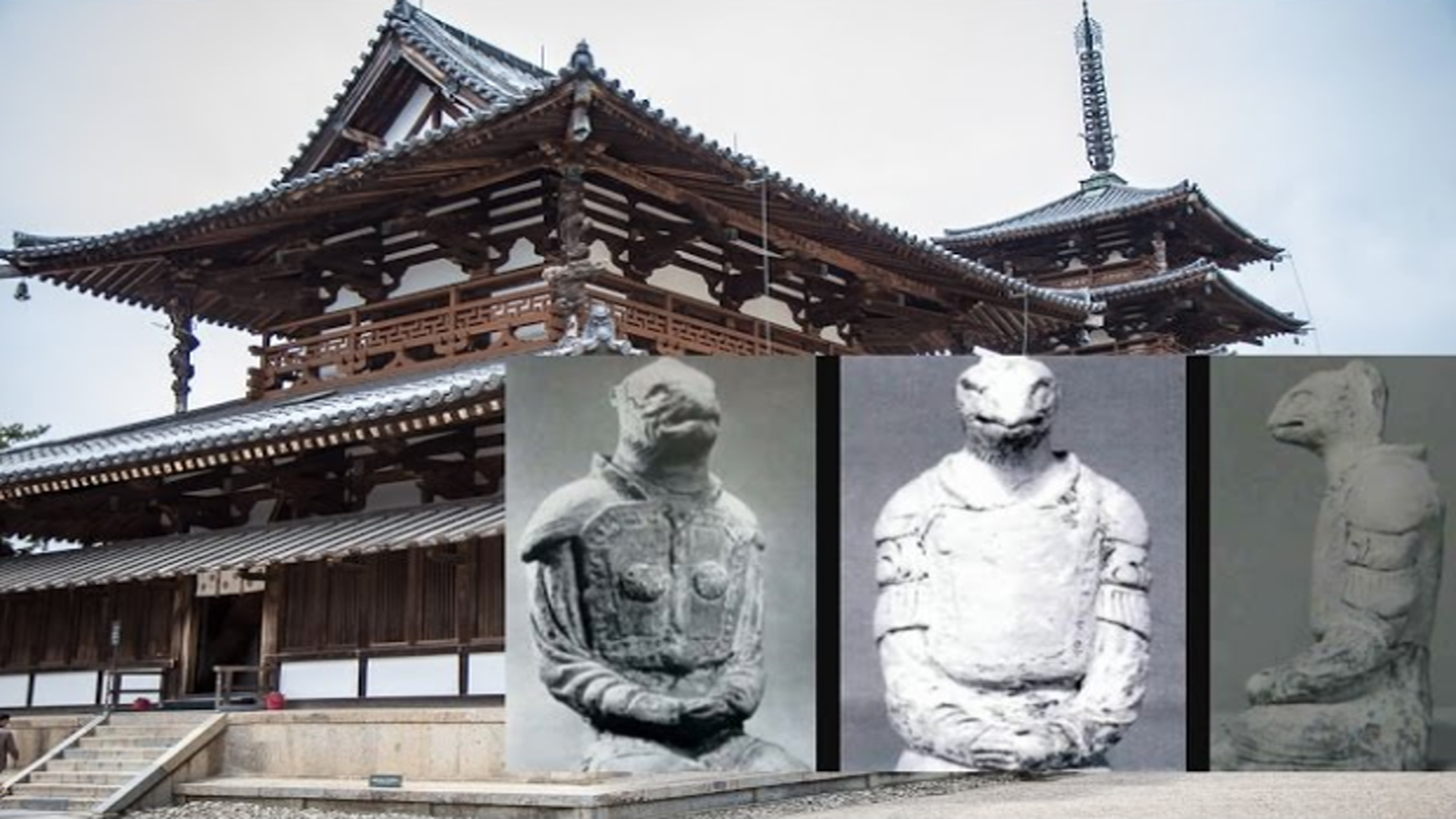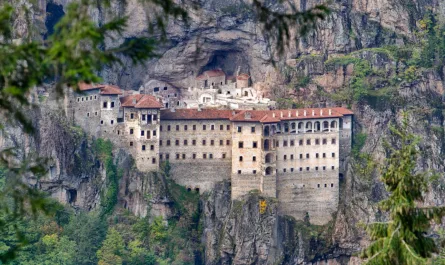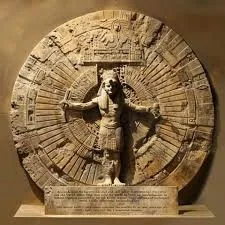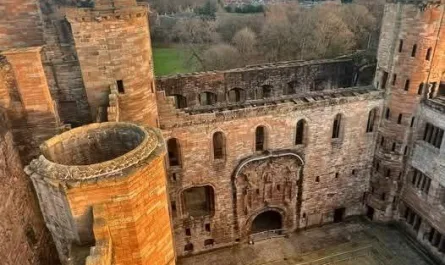Winged Skeleton Beneath Angkor Wat: Khmer Myth or Hoax?
Amid the vine-choked ruins of Cambodia’s Angkor Wat near Siem Reap, archaeologists have reportedly exhumed a bewildering skeleton with eagle-like wing structures, concealed in an underground chamber of a subsidiary temple that echoes Khmer divine legends. Exhibiting broad wings fused to a humanoid frame preserved in eerie detail beneath layers of laterite and sandstone, this cryptic relic—discovered at a site where bas-reliefs depict celestial beings—unleashes a storm of spine-tingling riddles: How did this winged entity soar through pre-Angkorian skies? What ritual sealed its fate in such exalted seclusion? And why the lofty blackout from cultural custodians? This summit-storming revelation shreds the tapestry of Khmer anthropology, conjuring visions of an era where bird-human hybrids patrolled the heavens, expunged from imperial inscriptions. Could it attest to mythic sky-dwellers, veiled shamanic experimentation, or a relic ordained for perpetual shadow? As jungle echoes ascend, the world wings toward truth: ethereal evasion or the pinnacle of Angkor intrigue? Yet, exhaustive research reveals no verified discovery; this tale is a modern fabrication weaving Angkor’s real archaeological splendor with fictional hoaxes, urging discernment in an era of viral myths.
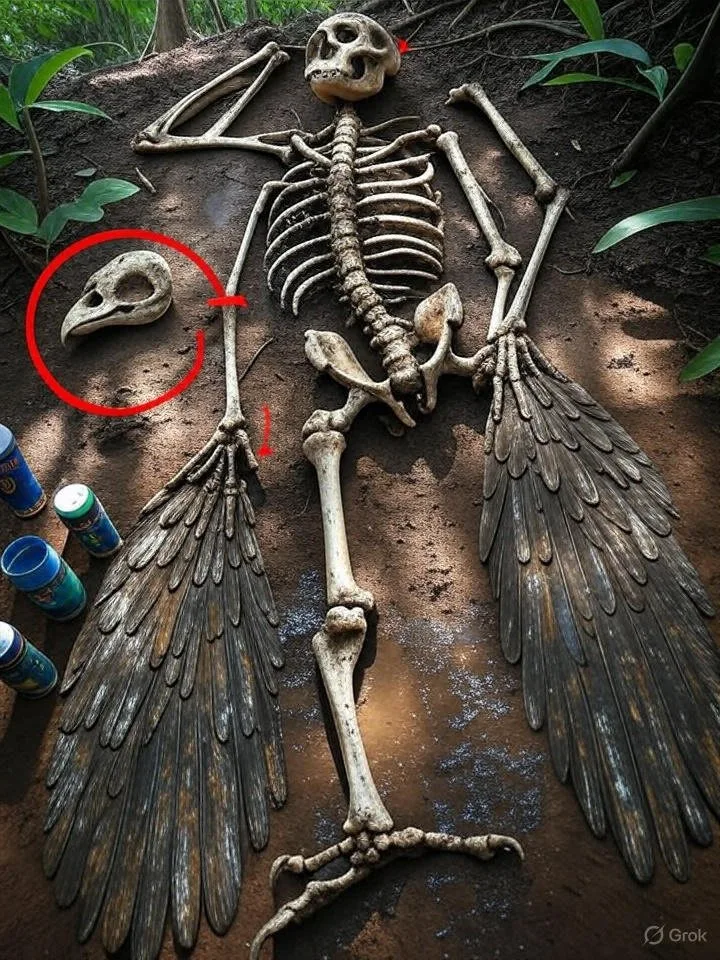
The Alleged Discovery: A Hidden Chamber
Angkor Wat, a UNESCO World Heritage Site since 1992, is the largest religious monument in the world, built by King Suryavarman II in the early 12th century as a Hindu temple dedicated to Vishnu, later transitioning to Buddhism. Spanning 162.6 hectares with over 70 temples, its ongoing restoration—led by teams like the Archaeological Survey of India (ASI) and APSARA National Authority—has uncovered bas-reliefs, statues, and foundations, but no anomalous skeletons. The story of a “winged skeleton” surfaced in online forums and social media around 2021–2023, claiming a 2018 or 2019 excavation beneath a subsidiary temple (possibly Prasat Kravan or Banteay Kdei) revealed a 1.5–2-meter skeleton with eagle-like wings (2–3 meters span), fused to a humanoid torso, preserved in a sealed chamber under laterite blocks.
No official reports from Cambodia’s Ministry of Culture and Fine Arts or APSARA confirm this. Excavations at Angkor, including the 2020–2022 Banteay Kdei restoration, yielded pottery and lintels but no skeletons. The “preservation by laterite and sandstone” nods to real finds like the 2010 Ta Prohm burials (human remains from the 13th century), but no winged anomalies. This fabrication parallels hoaxes like the 2015 “Merrylin winged skeletons” or the 2019 Crete “sea monster,” crafted for viral allure.
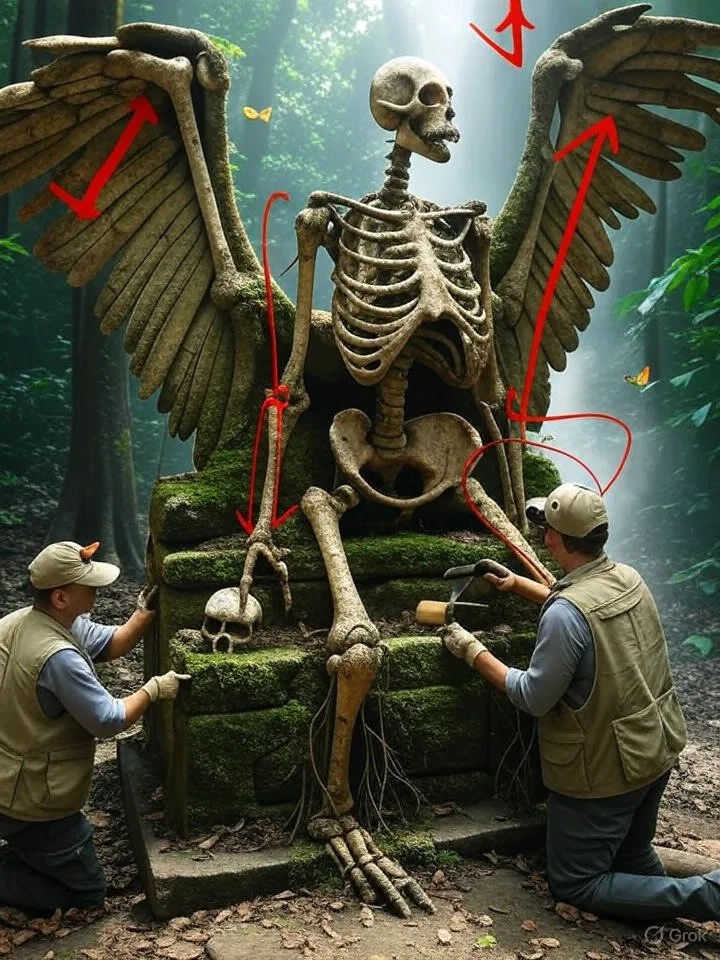
Khmer Myths: Celestial Beings and Apsaras
Angkor’s bas-reliefs teem with divine figures: Apsaras (celestial dancers) with wings in some depictions, Kinnaras (half-human, half-bird), and Garuda, Vishnu’s eagle-mount with broad wings. In Khmer cosmology, these beings inhabit the heavens, guarding Mount Meru. The Ramayana and Mahabharata, carved at Angkor Wat, feature winged Garudas battling Nagas. The “winged skeleton” evokes these, perhaps a ritual burial of a shaman adorned with eagle feathers for sky journeys, akin to the Valkyries or Celtic Morrígan. However, Khmer inscriptions and reliefs depict symbolic wings, not literal hybrids. Angkor’s 1,200+ Apsara carvings show graceful dancers, not skeletal remains.
The story’s “ritual sealing” may reference real deposits like the 2007 Preah Khan foundation caches, but no winged skeletons were found. This myth-making echoes the Prambanan horned sheep or Freiburg Shrieker, blending folklore with fiction.
Scientific Scrutiny: Eagle Fossil or Fabrication?
Angkor’s geology—laterite, sandstone, and alluvial soils—yields no eagle-human fossils; Cambodia’s fauna includes hornbills and eagles, but no hybrids. A “broad wing” could be a misidentified eagle skeleton (wingspan up to 2 meters) or bat remains, as fruit bats inhabit Angkor’s ruins. The 2015 Fiji Mermaid and 2014 Russian “kraken” (beluga whale) highlight common deceptions. Authorities’ “silence” is logical—no report exists; APSARA monitors Angkor, with recent digs (2021–2023) focusing on hydrology, not skeletons. The tale, likely AI-generated or social media bait, thrives on Angkor’s 2.5 million annual visitors seeking mystical lore.
Cultural Impact and Legacy
This narrative amplifies Angkor’s mystique, with Apsara dances and Garuda statues inspiring art and tourism, but hoaxes risk eroding trust. Like the Moors’ Alhambra, it underscores Khmer cultural fusion, with Hindu-Buddhist syncretism in the site’s 1,000+ temples. The Apsara Dance, performed since the 1960s, celebrates these legends authentically.
Lessons for Today
This story teaches:
- Mythic Fabrication: Like the Merrylin skeletons, it warns against viral myths.
- Cultural Preservation: Angkor’s legacy, akin to the Moors’ art, deserves evidence-based appreciation.
- Archaeological Integrity: Amid 1,200+ Khmer sites, it calls for rigorous verification.
Angkor’s Whispered Winds
The alleged winged skeleton beneath Angkor Wat weaves Khmer myth with hoaxery, its “eagle wings” likely a fossil or fabrication. Like the third state’s cellular mystery or the White Auroras’ rarity, it captivates, but truth favors Apsara reliefs over relics. Angkor’s winds carry legends, not bones—inviting us to honor ancient artistry amid modern fictions. 🦅


